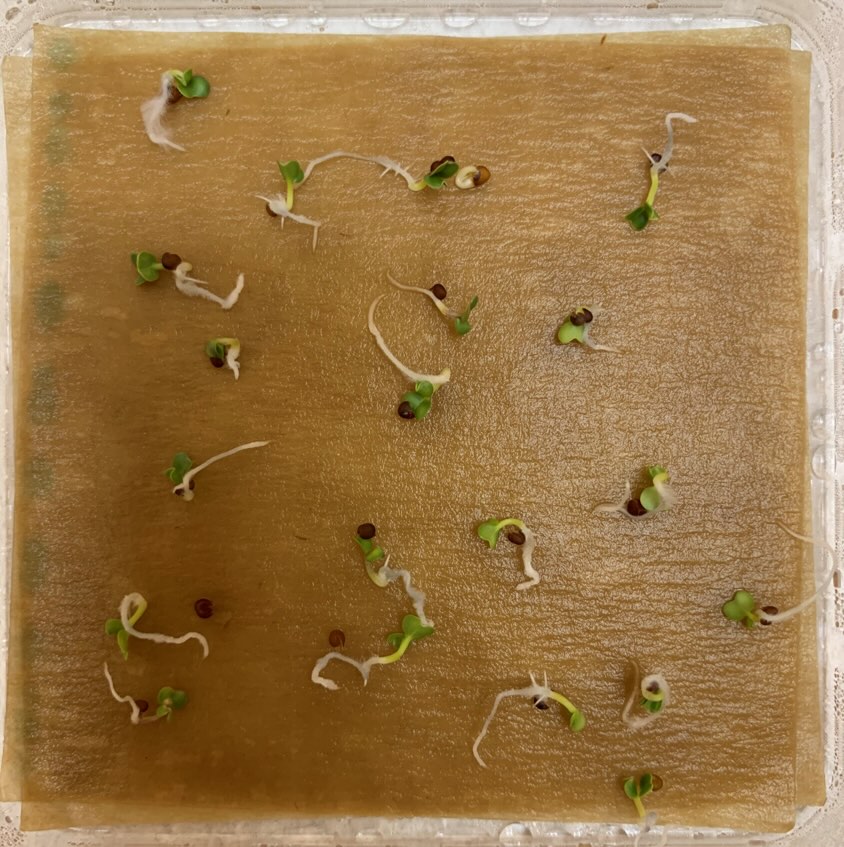For the second time this month, SpaceX is gearing up to launch the X-37B military spaceplane onboard its Falcon Heavy rocket. Liftoff of the USSF-52 mission from NASA’s Kennedy Space Center is set for 8:07 p.m. EST (0107 UTC) on Thursday at the opening of a ten-minute launch window.
本月,SpaceX 準備第二次利用其獵鷹重型火箭發射 X-37B 軍用太空梭。 USSF-52 任務定於晚上 8 點 07 分從 NASA 甘迺迪太空中心升空。美國東部時間 (0107 UTC) 週四,十分鐘發射窗口開啟。
The launch attempt comes after SpaceX and the U.S. Space Force had to delayed the mission from Dec. 11 due to “a ground side issue”. The Falcon Heavy was returned to its hangar on Dec. 14 with SpaceX no longer sayingthe vehicle remained ‘healthy’ in its social media posts.
這次發射嘗試是在 SpaceX 和美國太空部隊因「地面問題」而不得不推遲 12 月 11 日的發射任務之後進行的。獵鷹重型火箭於 12 月 14 日返回機庫,SpaceX 在其社交媒體帖子中不再表示該飛行器仍然「健康」。
SpaceX didn’t elaborate on the reason or reasons for the delay, but multiple sources tells Spaceflight Now that at least one engine had to be replaced on the Falcon Heavy rocket. A second static fire test was deemed unnecessary, which allowed SpaceX to get in another launch attempt before the end of the year and reschedule the mission for Dec. 28.
SpaceX 沒有詳細說明延遲的原因,但多個消息來源告訴 Spaceflight Now,獵鷹重型火箭至少需要更換一台引擎。第二次靜態點火測試被認為是不必要的,這使得 SpaceX 在年底前進行了另一次發射嘗試,並將任務重新安排在 12 月 28 日。
Onboard the three-core rocket is the X-37B Orbital Test Vehicle (OTV). This will be the seventh launch in the program’s history since 2010 and the fourth flight of Vehicle 2 the second of two craft in the OTV fleet.
三核火箭上搭載的是 X-37B 軌道測試飛行器 (OTV)。這將是該計劃自 2010 年以來的第七次發射,也是 OTV 機隊兩架飛機中的第二架「Vehicle 2」的第四次飛行。
Spaceflight Now will have live coverage of the launch from the Kennedy Space Center starting about 1.5 hours ahead of liftoff.
Spaceflight Now 將於發射前約 1.5 小時開始在甘迺迪太空中心的發射現場報告。
The Falcon Heavy rocket for this mission rolled back out to the pad at Launch Complex 39A Wednesday morning. It will mark the second time SpaceX will launch the X-37B after previously giving it a ride on a Falcon 9 on the fifth OTV mission in September 2017.
週三早上,執行本次任務的獵鷹重型火箭滾回 39A 號發射場的發射台。這將標誌著 SpaceX 繼 2017 年 9 月在第五次 OTV 任務中使用獵鷹 9 號搭載 X-37B 後,第二次發射 X-37B。
All other previous mission were launched using United Launch Alliance’s Atlas 5 501 rocket from neighboring pad 41.
之前的所有其他任務都是使用聯合發射聯盟的 Atlas 5 501 火箭從鄰近的 41 號發射台發射的。
More information about the X-37B and the importance of the mission for both SpaceX and the U.S. Space Force can be found here.
有關 X-37B 以及該任務對 SpaceX 和美國太空軍的重要性的更多信息,請訪問此處。
About 8.5 minutes after liftoff, the two Falcon Heavy side boosters, tail numbers B1064 and B1065, will return to Landing Zone 1 and 2 at Cape Canaveral Space Force Station. Those watching the launch in person may hear a pair of sonic booms as they reenter the atmosphere.
升空後約 8.5 分鐘,兩個獵鷹重型側面助推器(尾號 B1064 和 B1065)將返回卡納維爾角太空部隊站的著陸區 1 和 2。那些親自觀看發射的人在重新進入大氣層時可能會聽到兩個聲音爆炸。
These boosters are making their fifth flight to date after launching the USSF-44, USSF-67, Jupiter-3 and Psyche missions previously. They will be launched one more time in October 2024 to launch NASA’s Europa Clipper spacecraft to the Jovian moon of the same name.
繼先前發射 USSF-44、USSF-67、Jupiter-3 和 Psyche 任務之後,這些助推器將進行迄今為止的第五次飛行。它們將於 2024 年 10 月再次發射,將 NASA 的歐羅巴快艇飛船發射到同名的木星衛星。
Planting the seeds of progress
While the payloads on board the spaceplane are mostly undisclosed, the mission will be another opportunity for NASA to learn about the impacts of long-duration spaceflight for humans.
播下進步的種子雖然太空梭上的有效載荷大多未公開,但這次任務將是美國太空總署了解長期太空飛行對人類影響的另一個機會。
No astronauts will be onboard the flight, but NASA is sending up a sequel to its RAD-SEED 1 and RAD-SEED 2 experiments.
飛行中不會有太空人,但 NASA 正在發送 RAD-SEED 1 和 RAD-SEED 2 實驗的續集。
“For this mission, we will send new types of seeds mainly for leafy greens,” said a NASA spokesperson in a statement. “We are also sending different varieties of the same type of seeds, aiming to evaluate the differences between/among these varieties in response to the space environment.”
美國宇航局發言人在一份聲明中表示:“對於這次任務,我們將發送主要用於綠葉蔬菜的新型種子。” “我們還發送了同一類型的不同品種的種子,旨在評估這些品種之間對太空環境的反應差異。”

Example of viable plant seeds under germination test. Image: NASA
發芽測試中可行的植物種子的範例。圖片:美國太空總署
The new varieties of seeds include cauliflower, amara, scarlet frill and garnet giant. They are also sending up two varieties of each of the following: radish, pac choi, peppers and brachypodium.
種子新品種包括花椰菜、阿瑪拉、猩紅色褶邊和石榴石巨種。他們還提供了以下每種產品的兩個品種:蘿蔔、小白菜、辣椒和短柄草。
Along with eight varieties of Arabidopsis, here are the other seeds that will be onboard the X-37B:
除了八個擬南芥品種外,以下是 X-37B 上將搭載的其他種子:
Lettuce
萵苣
Mizuna
水菜
Tomato
番茄
Swiss chard
瑞士甜菜
Onions
洋蔥
Wheat
小麥
Cucumber
黃瓜
Rice
米


 BlockchainReporter
BlockchainReporter DogeHome
DogeHome Optimisus
Optimisus Optimisus
Optimisus Optimisus
Optimisus Thecryptoupdates
Thecryptoupdates The Crypto Times
The Crypto Times Coincu
Coincu






















